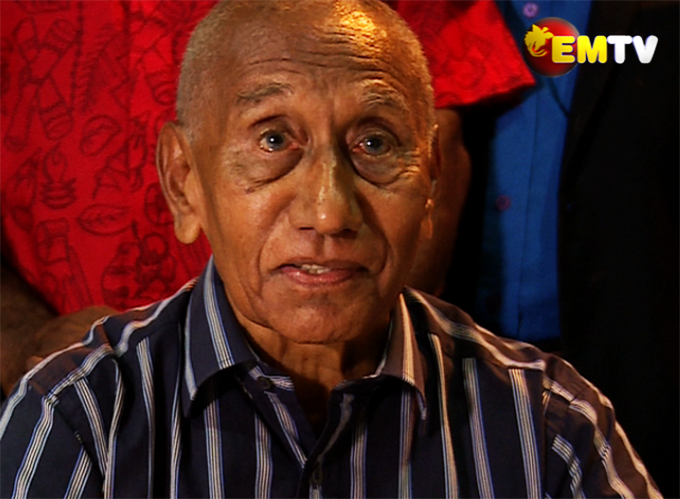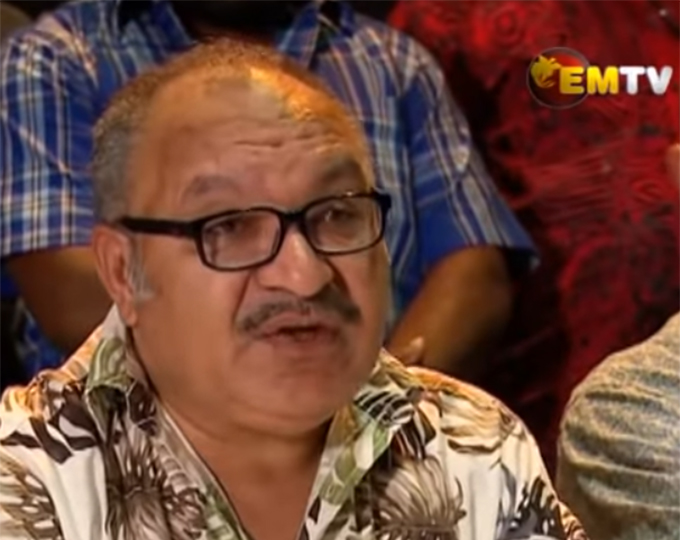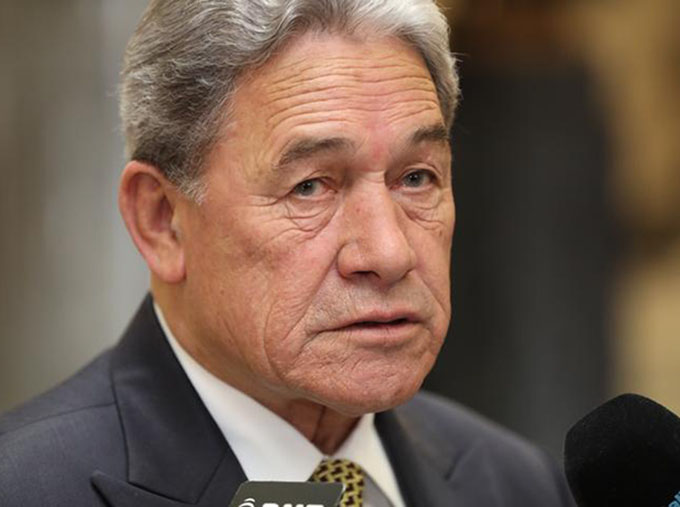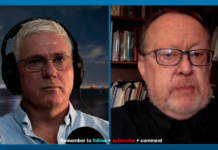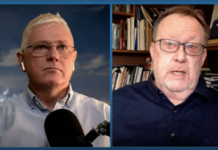Source: The Conversation (Au and NZ) – By Emma Power, Senior Research Fellow, Geography and Urban Studies, Western Sydney University
Growing numbers of Australians are locked out of home ownership or struggling in insecure and unaffordable private rental markets. There are concerns about home owners drowning in debt. And for lower-income earners, high housing costs mean that paying for food, energy bills and health costs is an ongoing challenge.
It is time for a new way of talking about housing in Australia. The housing crisis is quickly turning into a crisis of care.
We call on the newly re-elected Morrison government and new Housing Minister Michael Sukkar to recognise that the value of housing is not just economic. Housing is an infrastructure of care. Australian governments need to ask: is this a housing system that cares?
Read more: Is social housing essential infrastructure? How we think about it does matter
A location for essential care
Houses are hubs of care practices and relations. They are places of everyday care, of cooking, cleaning and washing, of care between household and family members. Houses are where we care for children, elders, partners and ourselves.
Houses are also anchors for community and neighbourhood-based care. We keep an eye on neighbours’ homes, support older neighbours to age in place, and care for pets.
This care work is what keeps us alive.
Even though care is not always done well, it is an essential practice that is connected in fundamental ways with housing. Without housing it can be very difficult to meet basic needs.
The care work of housing
But housing is more than just a place where care takes place. Housing systems – through housing policy, markets and design – organise the distribution of care and the ability of people to give and receive care.
In our research this drives us to ask: how does the housing system support or limit the capacity of households to care?
We argue that housing is a care infrastructure and call for this understanding of housing to be at the centre of housing reform.
Home owners benefit
In Australia we value housing as an individual investment and asset. The economic values of housing (how much we can buy, sell or otherwise leverage housing for) are at the heart of how housing is usually discussed.
Read more: Explainer: the financialisation of housing and what can be done about it
For affluent households housing markets can work very well as a care infrastructure. This is because these households can more readily afford housing that meets household care needs. They are also more able to invest in housing to cover the costs of care in later life and to support the needs and ambitions of children. For home owners housing is a private welfare net for funding care needs.
Australian housing and related policies create and reinforce the value of home ownership. Subsidies for first home owners, the proposed First Home Loan Deposit Scheme (which will be a focus of efforts by the new housing minister), preferential treatment for owner occupation in pension tests and tax breaks for investor landlords underpin the value of home ownership as an infrastructure of care.
However, for the growing numbers of households not in a position to own a home the picture is less rosy. In many cases housing becomes an infrastructure that inhibits access to necessary care. As increasing numbers of households rent for longer periods, we risk a housing system that only cares for some.
Read more: Home ownership foundations are being shaken, and the impacts will be felt far and wide
Housing affordability
Housing affordability is a central concern. Lower income earners have less ability to choose to live in places that are well serviced or where family-based care networks are located. Less affluent areas often have less access to public and private care services like doctors and other specialists.
Housing affordability also shapes the ability to afford other care resources like quality food and electricity. Households that face high housing costs are often forced to compromise in these areas.
In Emma’s and other related research older retirees in the private rental market depended on local food charities for nutritious food. And in winter they restricted their use of heating to avoid bill blow-outs.
Read more: Life as an older renter, and what it tells us about the urgent need for tenancy reform
There are also connections between paid work, caring capacity and housing affordability. High-cost housing markets can drive people to work longer hours and multiple jobs, or require multiple income earners within a household. This can reduce the ability of individuals and households to meet domestic care responsibilities.
Tenure and care
Non-home owners also face restrictions around their use of private rental properties. For a start, rental housing is notoriously insecure. There are also restrictions on the ability of renters to make a house into a home.
Private rental legislation typically does not require landlords to agree to property modifications to meet the needs of a person with disability or ageing body, even when tenant-funded.
Women in Emma’s research reported losing bonds to cover costs associated with removing modifications that had been agreed to during a tenancy. In Kathy’s research, the fear of eviction meant private renters found it difficult to ask for and be granted repairs that would make their homes habitable. They endured leaking roofs and mouldy walls that made housing unsuitable for meeting basic care needs.
Such policies reinforce the value of owned homes as powerful care infrastructures for home owners, while undermining the caring capacity of households that don’t own their homes. While social housing enhances the caring capacity of many households, social housing is chronically underfunded and undersupplied.
Read more: Ideas of home and ownership in Australia might explain the neglect of renters’ rights
Diversity helps meet different needs
As growing numbers of households find themselves locked out of home ownership and face difficulties securing affordable housing in our expensive private rental markets, Australia badly needs housing reform.
The care work of housing must be at the centre of housing policy. The new government and minister for housing must ask: first, is this a housing system that cares? And, second, who does this housing system care for?
Historically, this question has been answered with calls to increase home ownership. But there is value in a diverse housing system because different households have different needs.
Further, those who invest in housing are dependent on the people who will rent that housing. These people in turn have the right – and need – for housing that supports their care needs. Affordable housing is only the starting point.
– ref. Is this a housing system that cares? That’s the question for Australians and their new government – http://theconversation.com/is-this-a-housing-system-that-cares-thats-the-question-for-australians-and-their-new-government-117311











